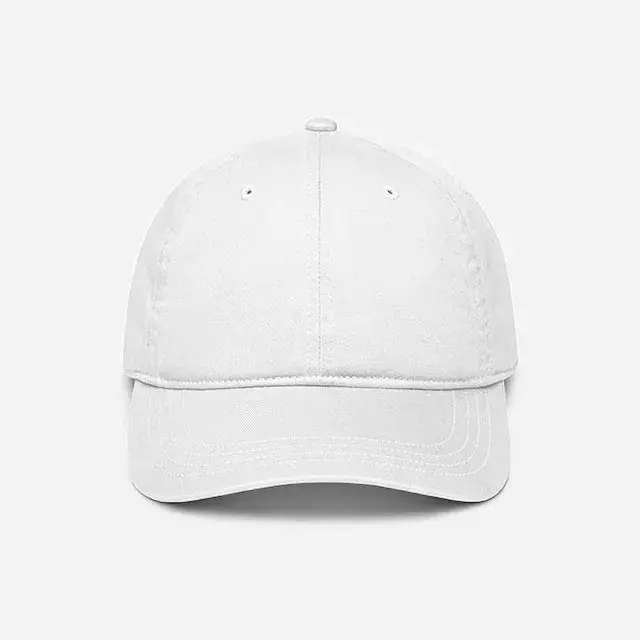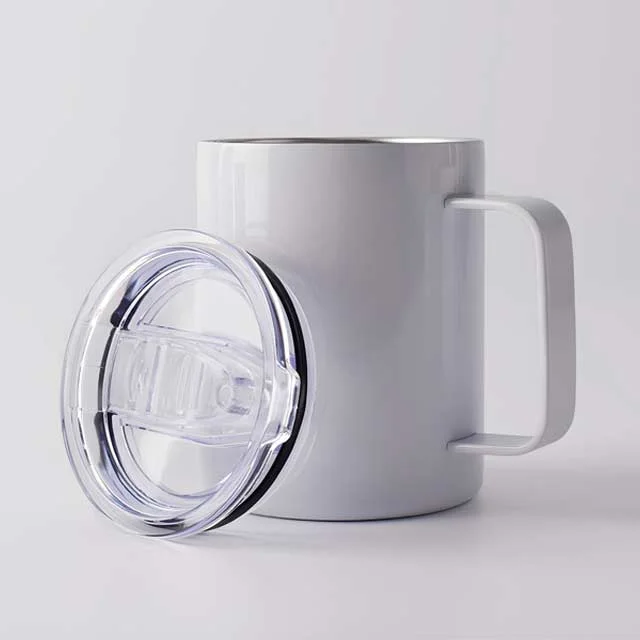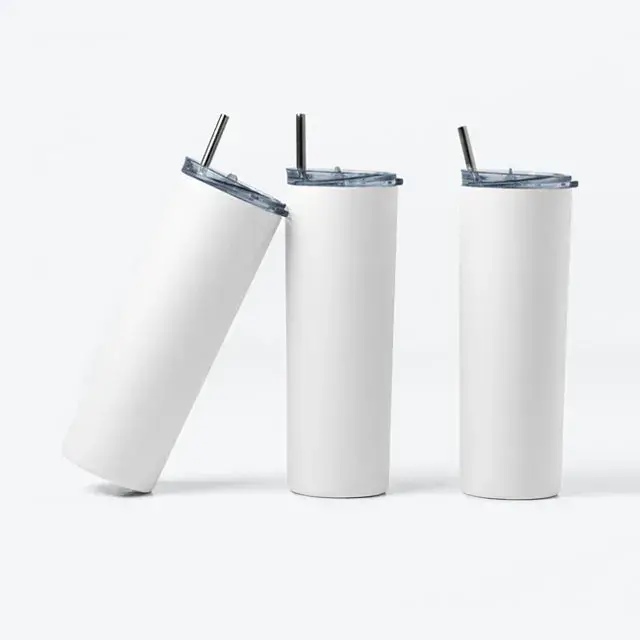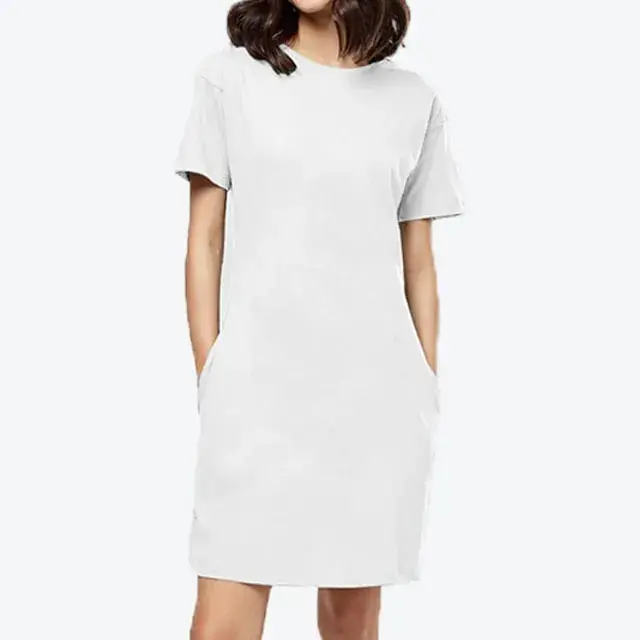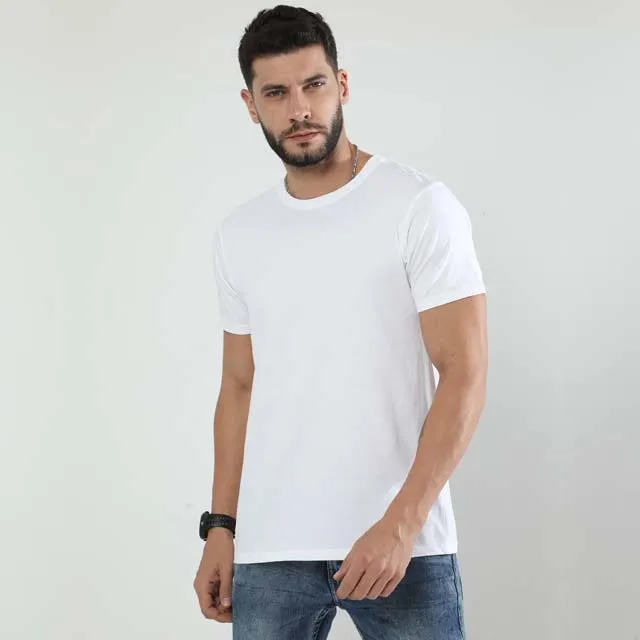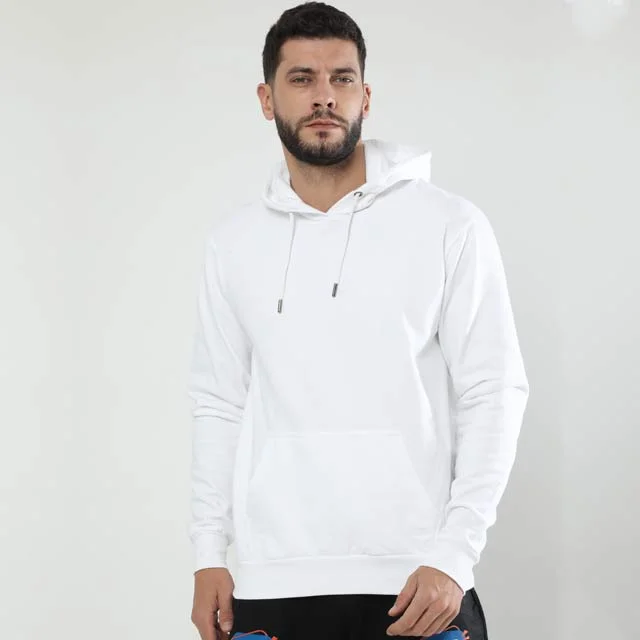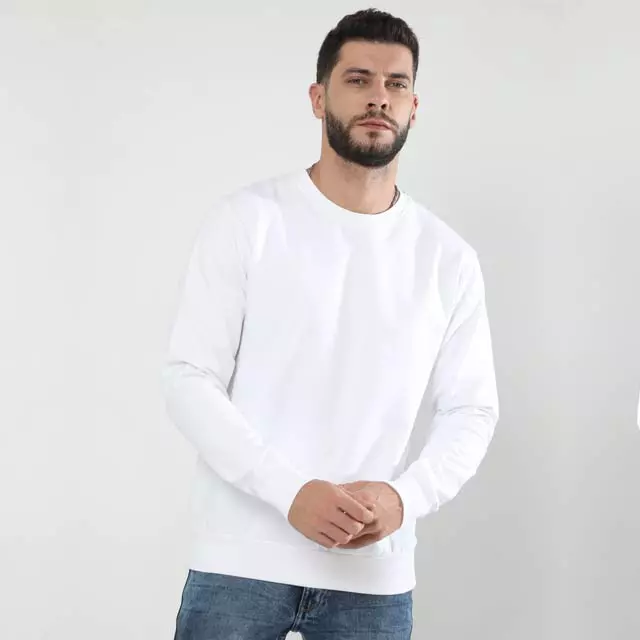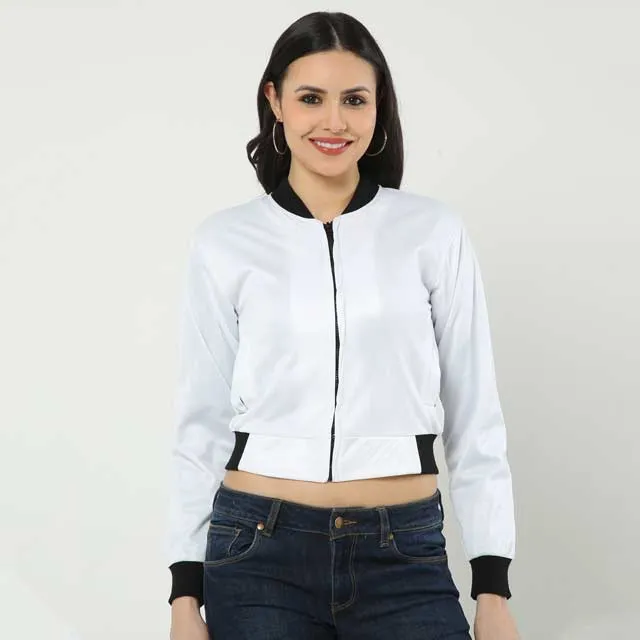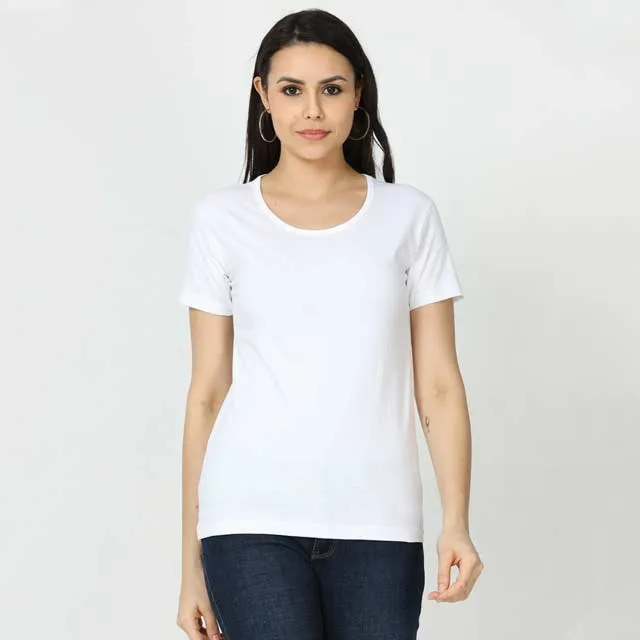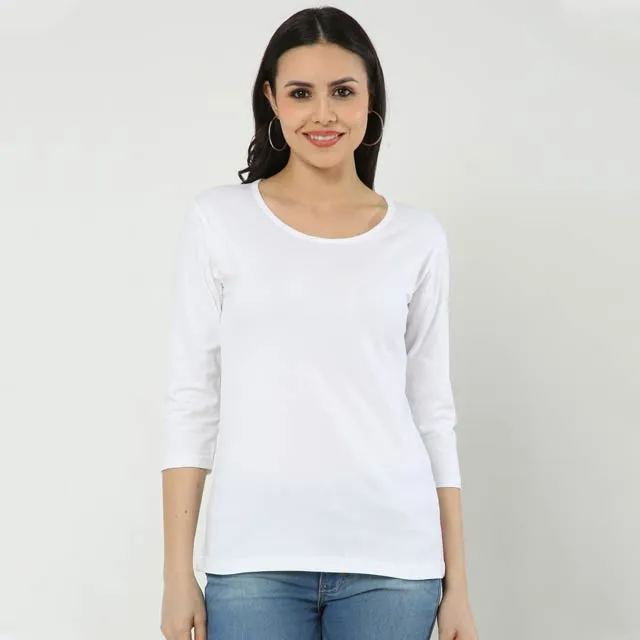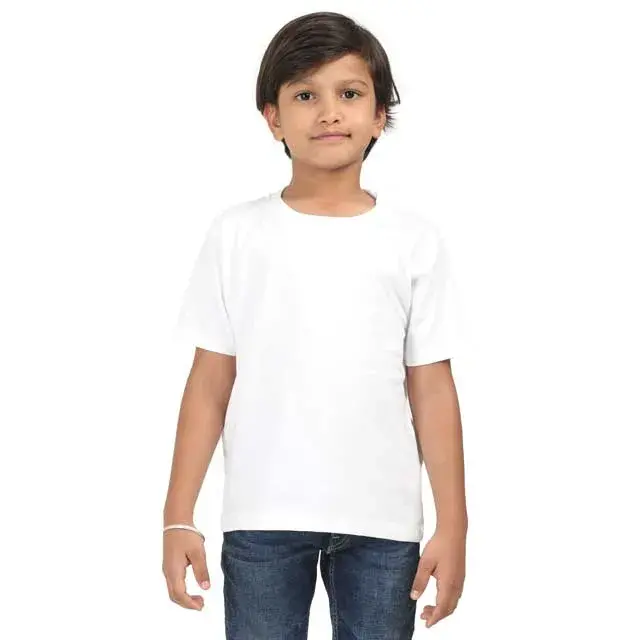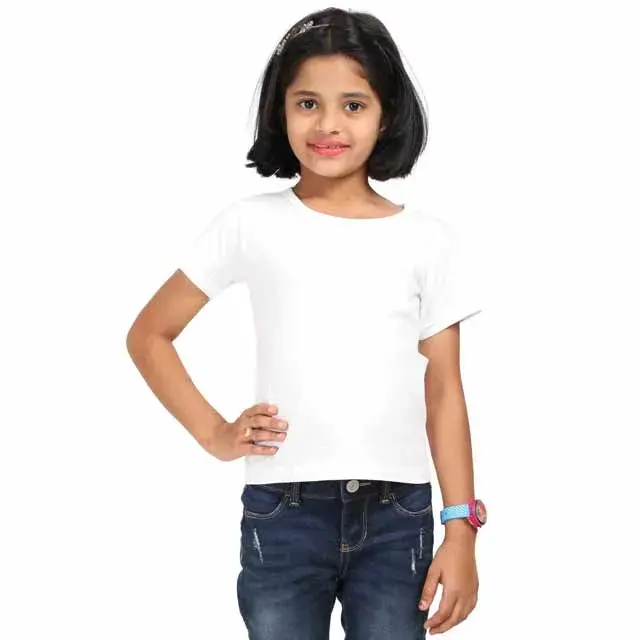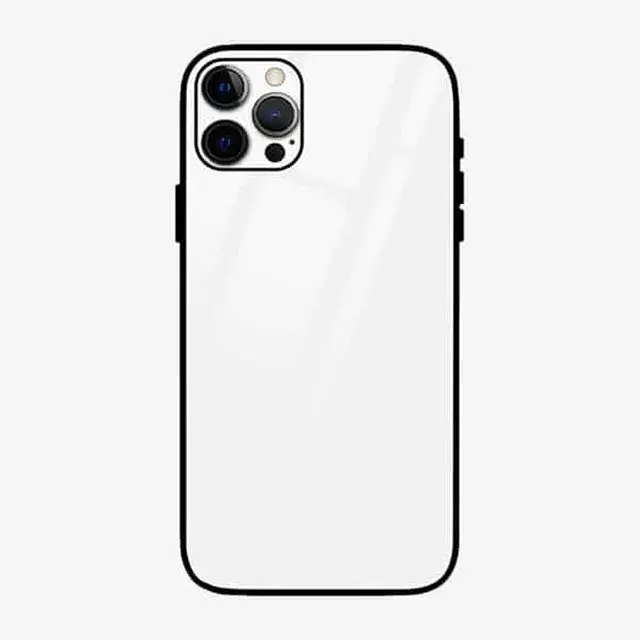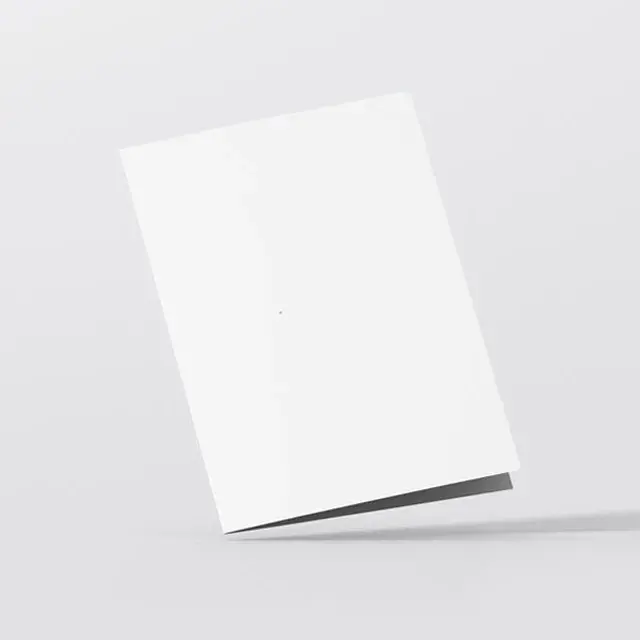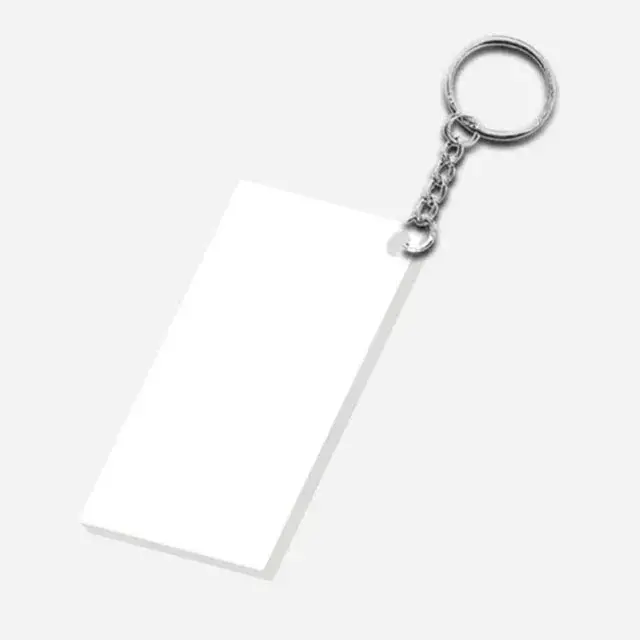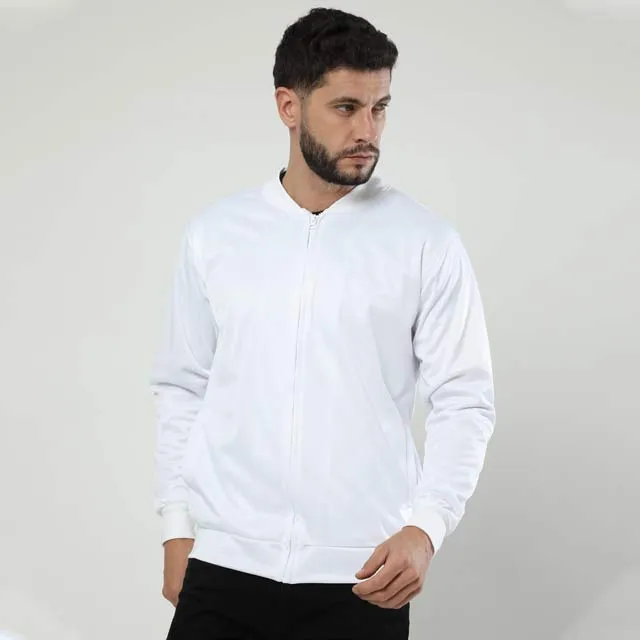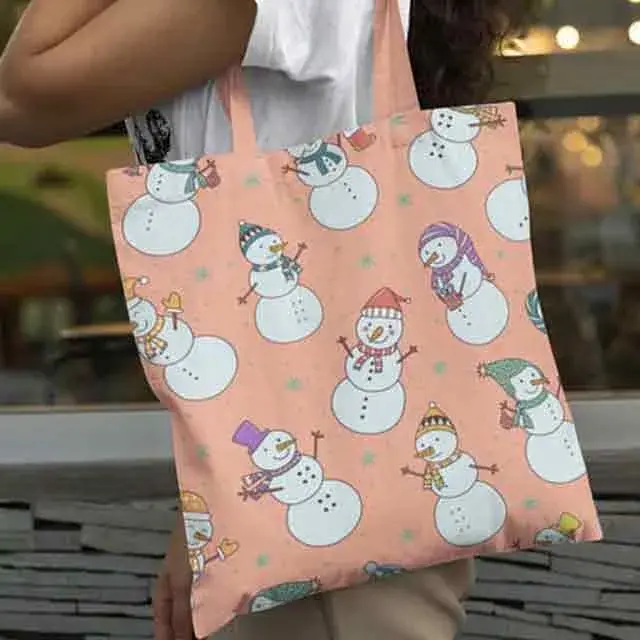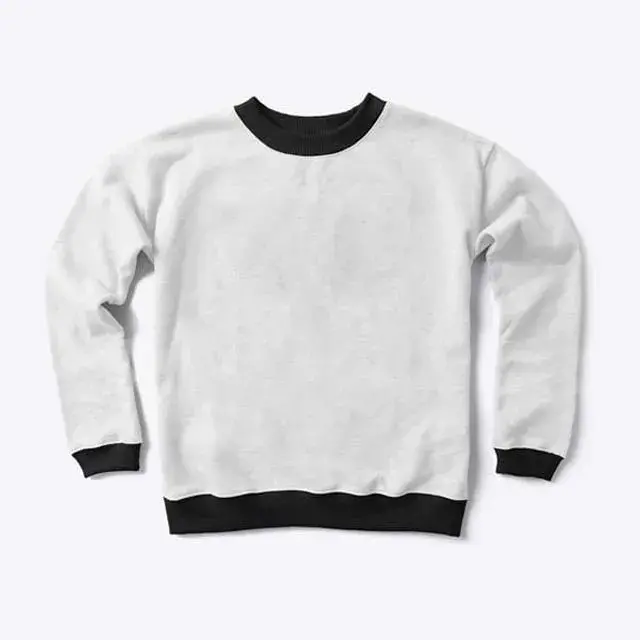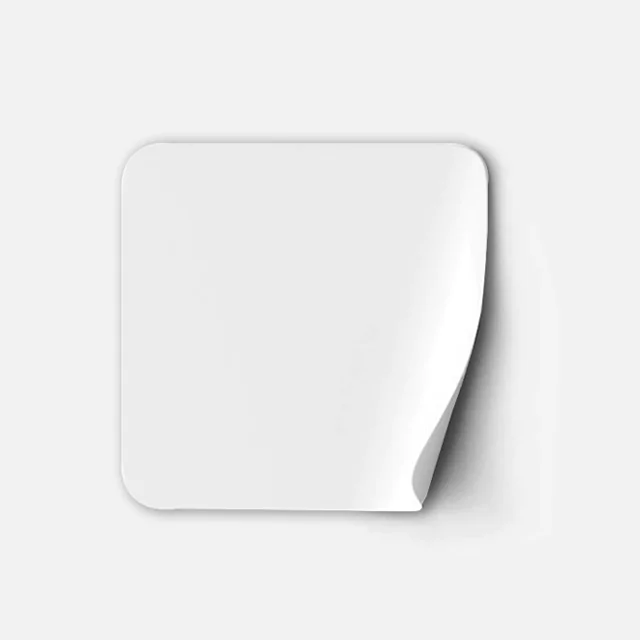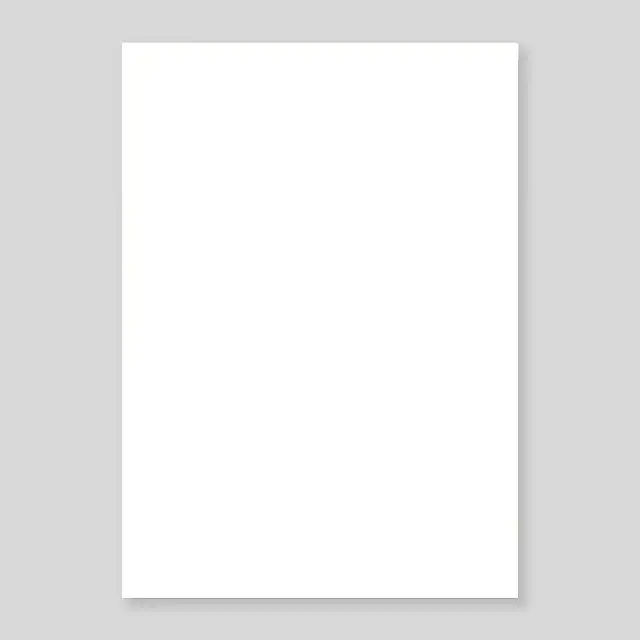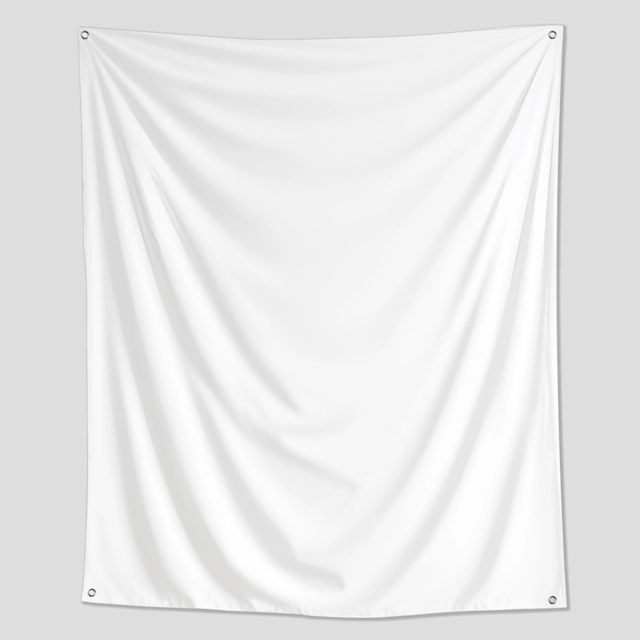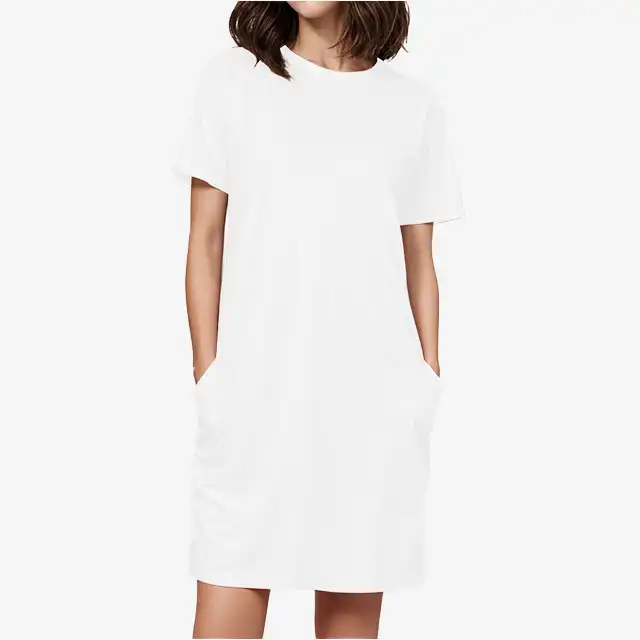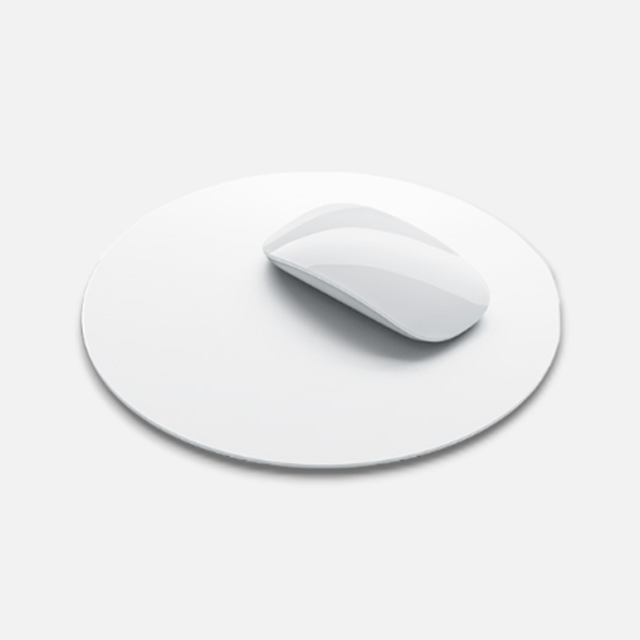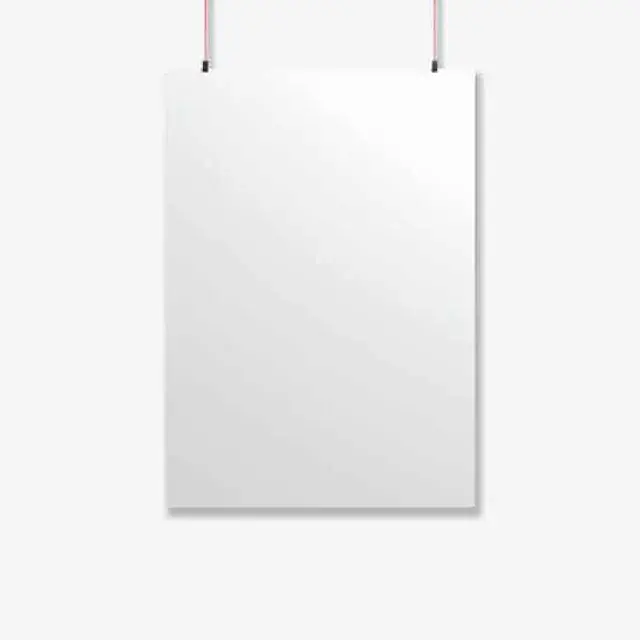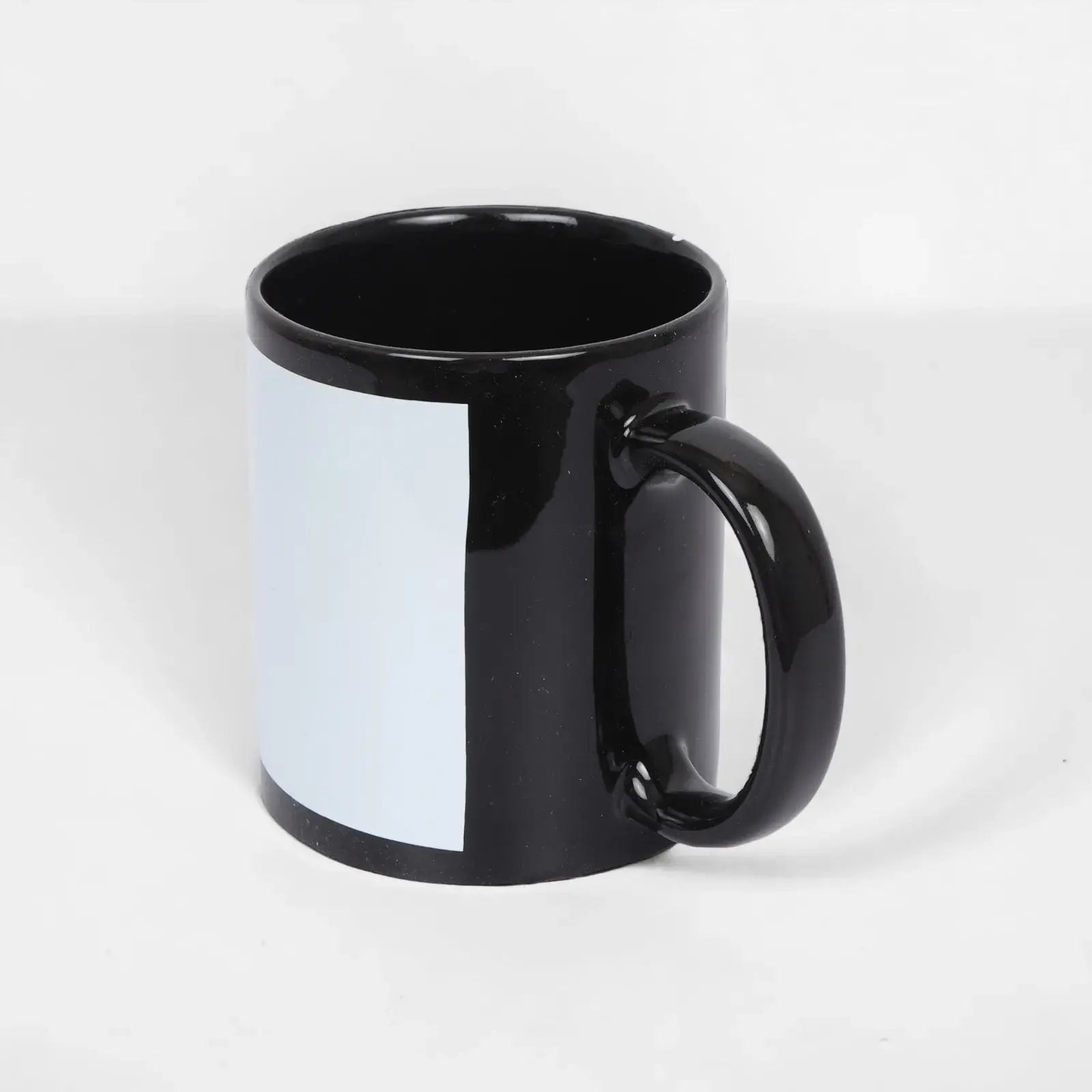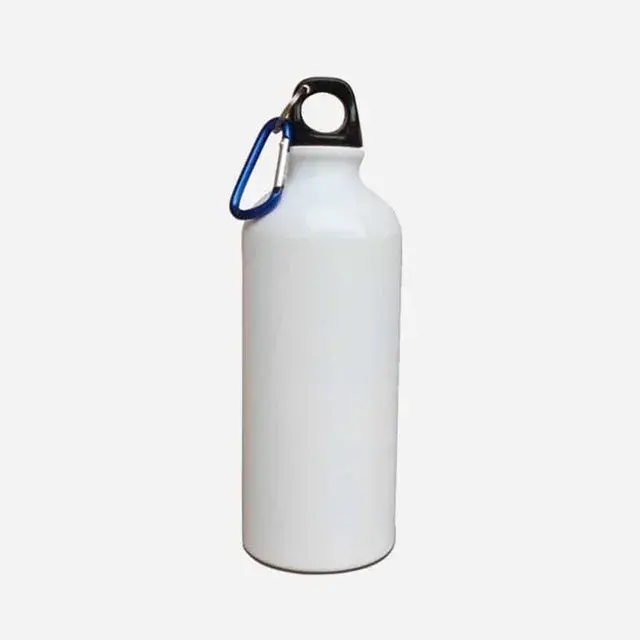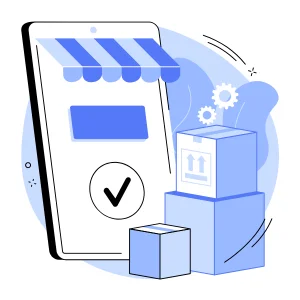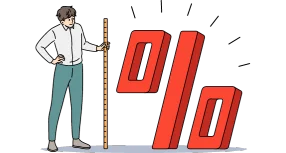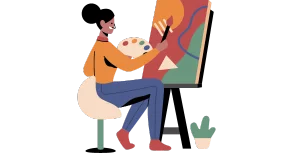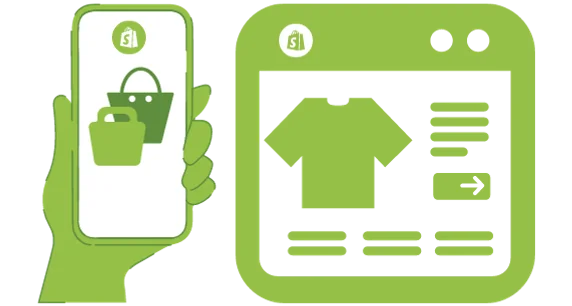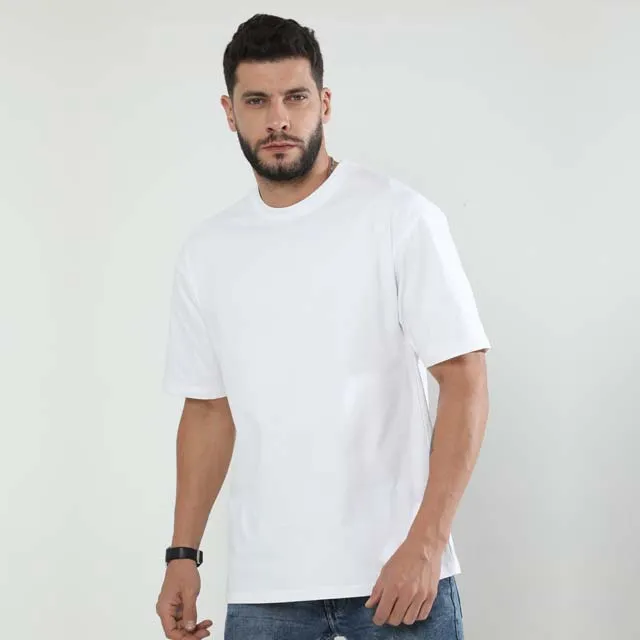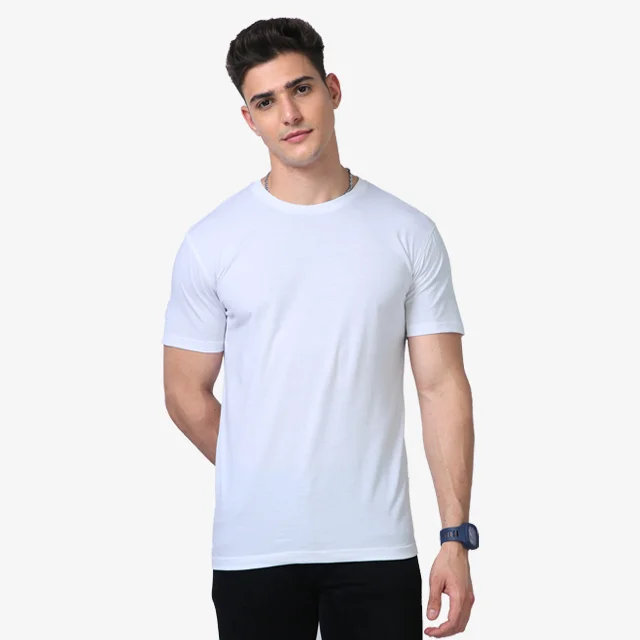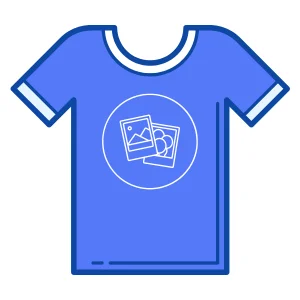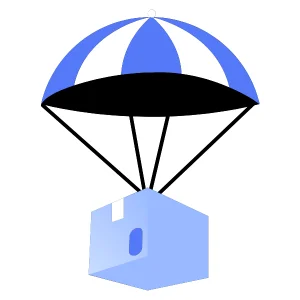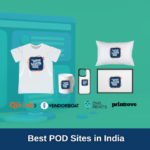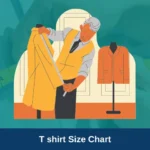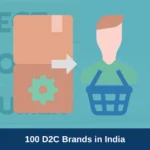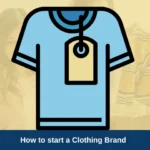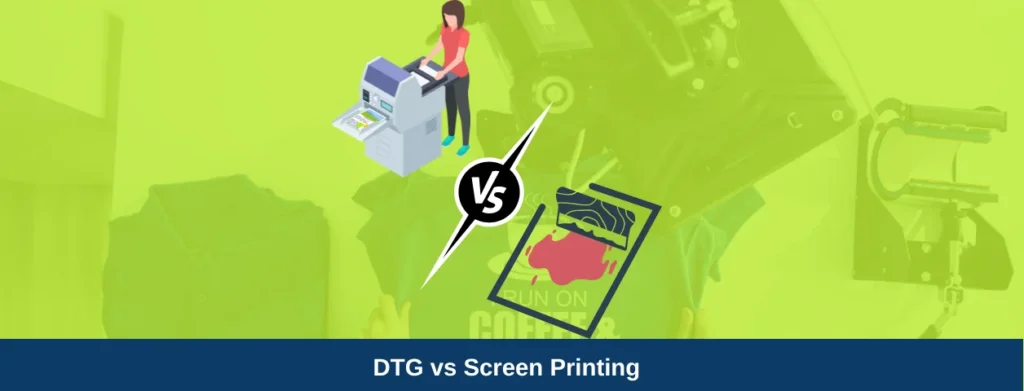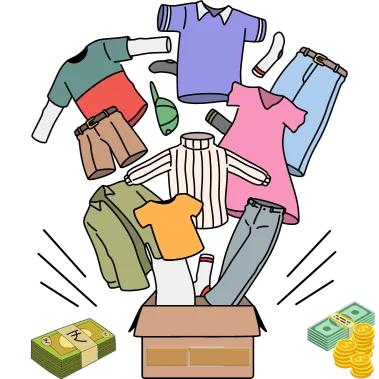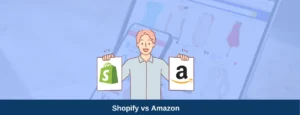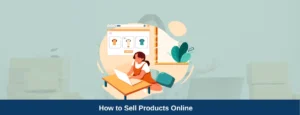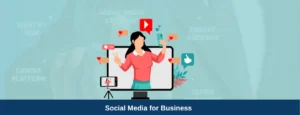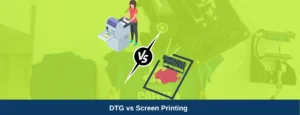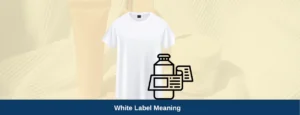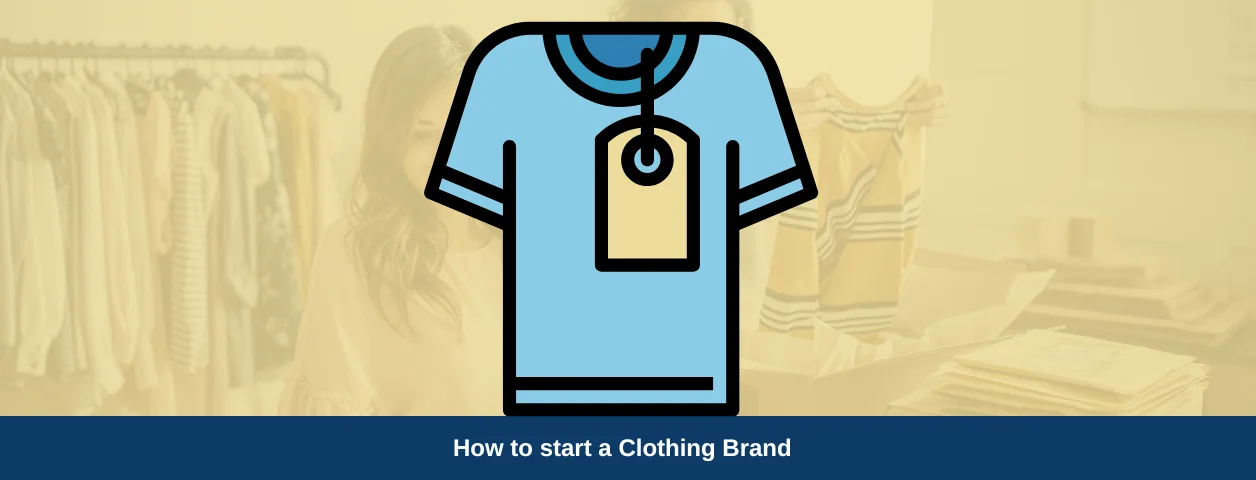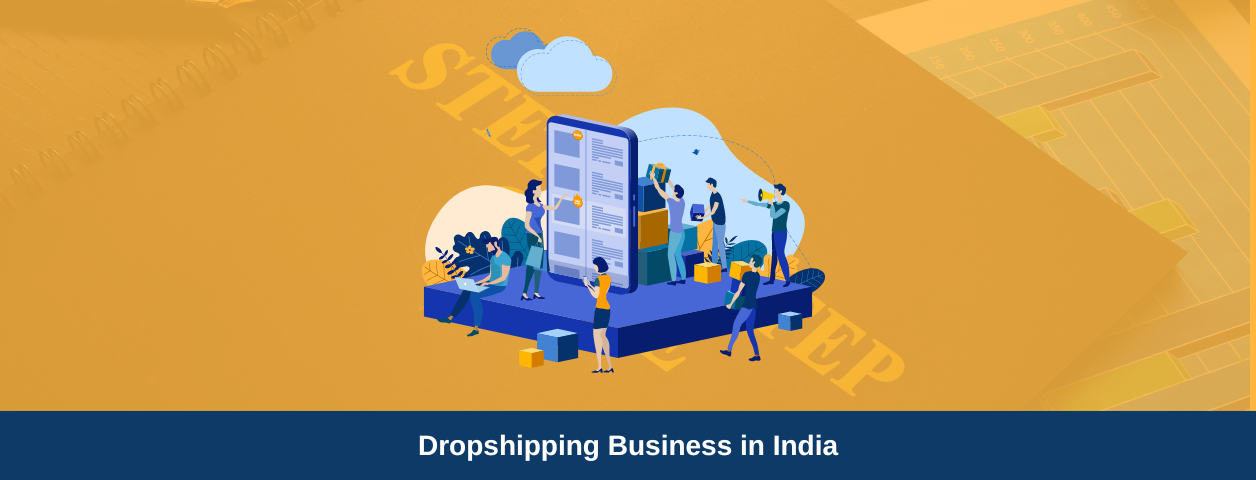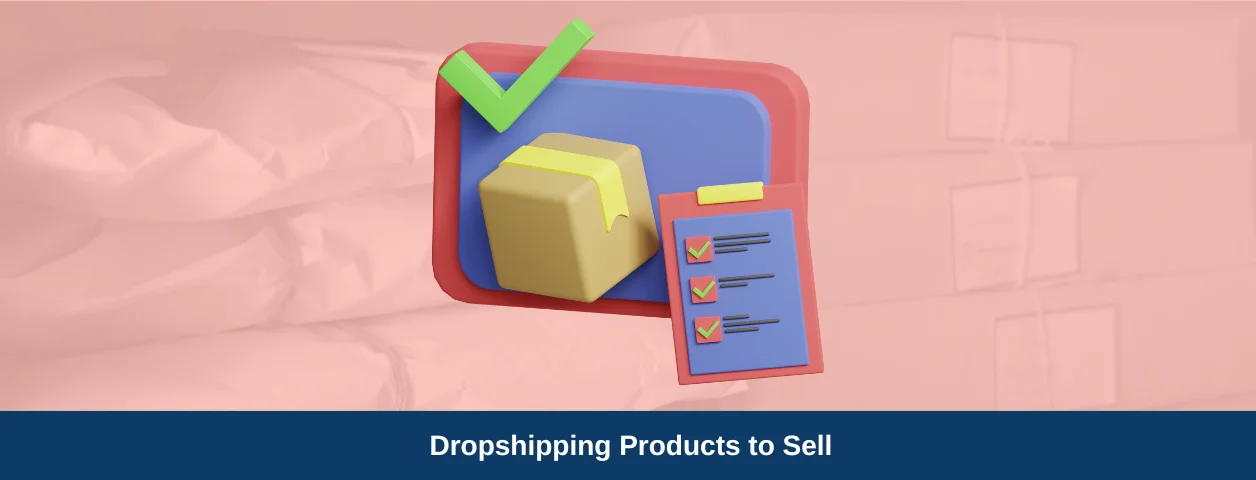DTG and screen printing are the most popular techniques for creating custom clothes, such as T-shirts, sweatshirts, Hoodies, and other garments.
Now, which printing technique is better for your custom t-shirt business?
DTG and Screen printing are primary printing techniques in the printing industry. Before choosing one for your business, you must understand how it works, your design requirements, investments, and more.
This blog guide explains the differences between DTG printing Vs screen printing, their costs, minimum requirements, durability, and printing quality, and which is best for your business.
What is screen printing?
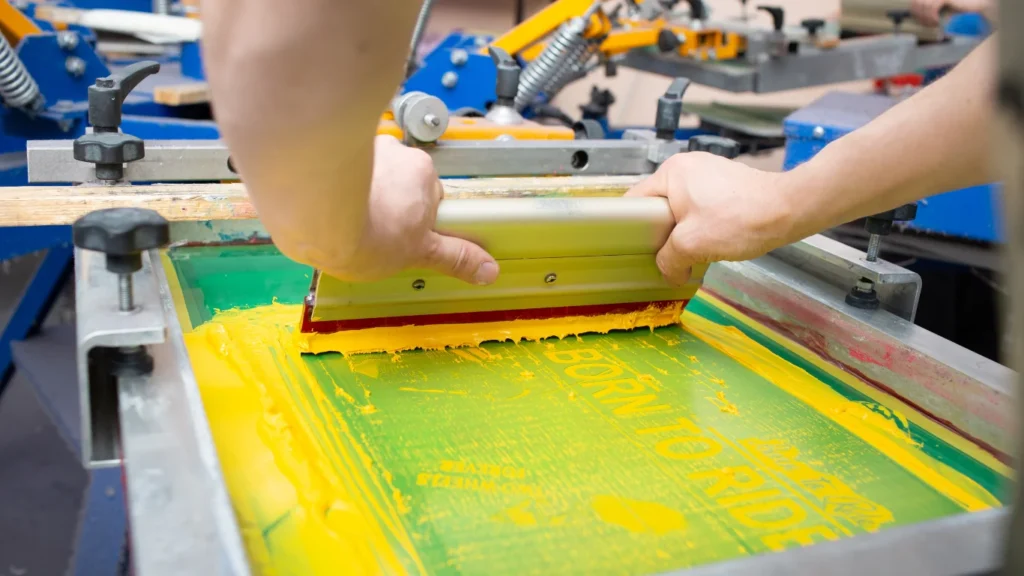
Screen printing involves creating a stencil called a screen. The screen is used to apply a layer of ink to the printing surface. Each screen is placed on the garment with dyes on top and squeezed onto the fabric.
This process is repeated for all the colors in the design. Screen print using different stencils for different colors. All of these components come together to create the final design.
What is the process of screen printing?
In the screen printing process, the transparency sheet is first created using custom designs. Then, light-sensitive emulsion is coated onto a screen and dried in the dark.
The screen is then exposed to light. Once exposed, the emulsion is washed away, leaving behind the stencil. Then, the amount of ink is applied to the screen.
Finally, they use a squeegee to push ink through the stencil to print a design.
How does screen printing work?
Step 1: Design Creation
The first step in the screen printing process is creating custom designs. Next, print the image on a transparent sheet.
Step 2: Screen Preparation
A layer of emulsion can be applied using a squeegee screen. This ensures that the entire surface is evenly coated. After applying the emulsion, the screen must dry.
Next, transparent design film is positioned on top of the screen to create a stencil for a screen print.
Then, expose the screen to bright light to transfer the design onto the emulsion-coated screen.
Next, rinse with water to reveal the screen design.
Step 3: Setup Screen
Set up the screen in a printing press. Place a garment on a platen using adhesive. It helps the garment not move around.
Step 4: Ink Application
Next, prepare the ink colors. Start applying a generous amount of ink to the top of the screen. Then, use a squeegee to distribute the ink evenly across the screen.
Step 5: Final output
Finally, lift the screen to reveal the printed product design. Next, heat can be applied to the printed design using a heat source that can enhance the durability and quality of the print.
Does screen printing fade
Yes, Screen printing can fade over time. It depends on factors like the quality of the ink used, fabric type, washing frequency, and exposure to sunlight.
However, if quality ink is selected and heat-curated methods are used, the design should last several years after many washes with proper care.
What is screen printing used for?
Screen printing is used on various surfaces, such as circuit boards, wood, glass, metal, and ceramics. This versatile printing also creates canvases, posters, and artwork. It can commonly be used on any fabric, such as T-shirts, Hoodies, Sweatshirts, and more.
What sort of designs works best for Screen?
It works best for Simple designs with few colors. Solid typography designs, illustrations, drawings, bold graphics, vector art, and repetitive patterns are best for screen printing.
Screen printing cost
For screen printing, the minimum charge is Rs.30 if the design uses a single color. For designs using more than five colors, the minimum charge is Rs. 80—Rs.90. However, the cost of printing can vary depending on the design complexity and number of colors used.
Screen printing quality
The benefit of screen printing is excellent print quality. You will get good quality prints on your garments if you use high-resolution designs, at least 300 DPI(Dots per Inch). Screen printing also produces very durable color prints.
Pros and cons of screen printing
Pros:
- It offers vibrant colors, Durability, and versatility.
- It is cost-effective for bulk quantity printing.
- It can print on polyester, plastic, glass, and ceramic.
Cons:
- It can be time-consuming for complex designs that require new stencils and screens for each color.
- It’s not suitable for intricate designs and gradient colors.
- It’s not ideal for small-run orders.
- It needs high-volume orders with a minimum quantity of 50-100.
Recommended Guide:

What is DTG printing?
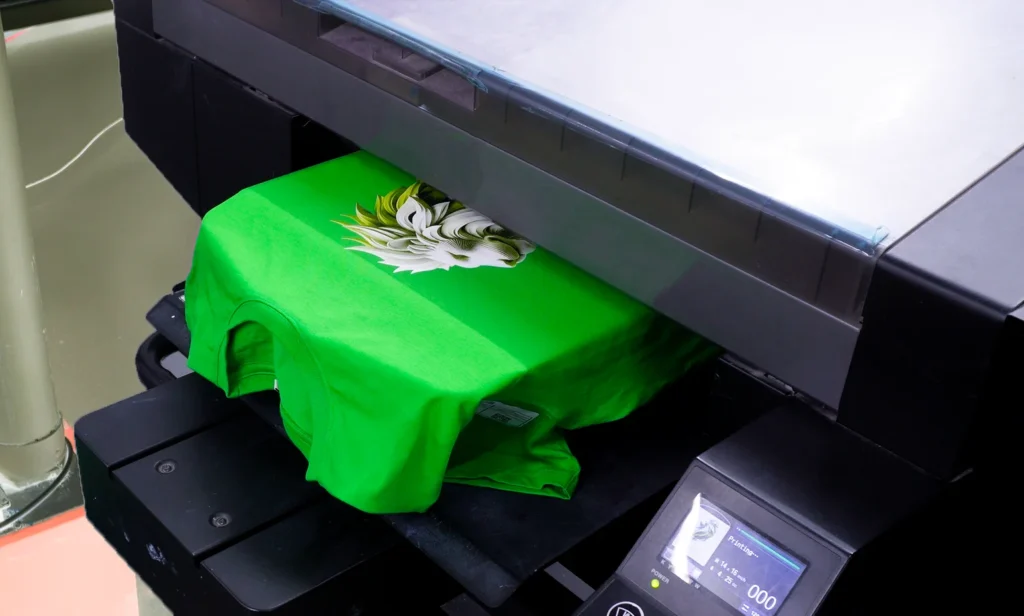
DTG, or direct-to-garment printing, is a digital printing technique that involves printing the design directly onto the fabric using specialized inkjet printers. The printer sprays the ink onto the garment, creating the desired design.
DTG printing allows for intricate designs and detailed artwork with various colors. It can accurately reproduce gradients, shading, and intricate details like photographs.
DTG printing process
DTG printing works in 3 steps, which sounds easy yet requires years of expertise
- Firstly, the fabric is pre-treated with a liquid that is an adhesive to the ink.
- Then, the garment is loaded on the platen, and the ink is sprayed as per the design.
- The apparel is heat-pressed or cured for long-lasting print.
DTG printing quality
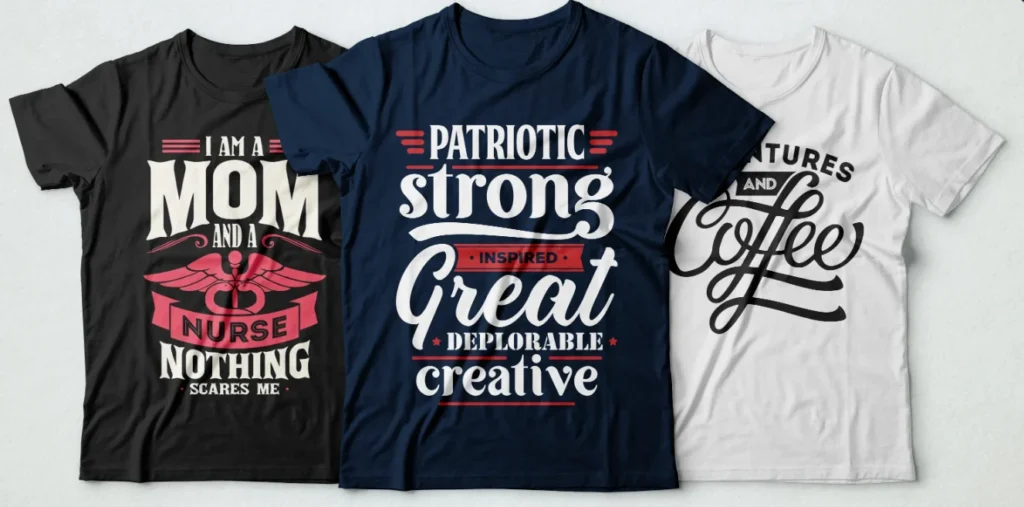
DTG printing offers high-quality, detailed designs and photorealistic images with multiple colors. However, its effectiveness can vary based on fabric type, garment color, and printer expertise.
DTG provides excellent results for full-color designs but may not be as cost-effective for large quantities as traditional screen printing methods. However, DTG printing is a valuable option for high-quality, on-demand customization products.
Is DTG printing profitable
DTG printing can be profitable because it offers unmatched precision, vibrant colors, and versatility when printing on various fabric types.
Its exceptional print resolution and color accuracy make it a valuable tool for businesses and individuals seeking to create custom. These high-quality printed garments can attract customers and drive sales.
What sort of designs works best for DTG?
DTG works best for intricate, detailed designs with multiple colors and photorealistic images. There’s no need for screen setups or color separations, and setup time is significantly reduced. This makes it perfect for on-demand and customized printing.
How much is DTG printing
The minimum charge for DTG printing is Rs.100, and there is no minimum quantity. You can even place a single order using Print on Demand services.
Pros and Cons of DTG printing
Pros:
- It is suitable for producing high-quality intricate designs.
- No setup cost is required
- DTG printing gives a soft touch feel to printed designs
- There is no MOQ required. It is versatile for small-run orders.
Cons:
- DTG printing is more expensive for large quantities than traditional screen printing methods.
- DTG is not suitable for Mass Production.
- The ink and other consumables can be costly when you focus on printing dark colors.
- Few limitations.
Whether DTG printing suits your business depends on your specific printing needs, budget, and desired outcomes.
Recommended Guide
👉Check out our Direct To Garment (DTG) Printing: 31 Questions Answered Guide to learn more about DTG Printing.
Difference between DTG Vs Screen printing
Here is the significant comparison of DTG printing vs screen printing. In DTG, the printer sprays the ink onto the garment to create the desired design. In screen printing, the ink is on top of the screen and then squeezed onto the fabric.
Aspects | DTG Printing | Screen printing |
Upfront Investment | No Upfront investment is required. | Investment is required for screen setup. |
DTG vs Screen printing quality | It gives high-quality printing. | It gives high-quality printing. |
Minimum Order Quantity | No Minimum order quantity is required. | It requires a minimum order quantity of 50-100. |
Design complexity | DTG is best for intricate and detailed designs. | It is best for simple designs. |
DTG vs Screen printing cost | It is expensive for large quantities because the ink is costly. | It is cost-effective for bulk quantity orders. |
On-Demand Fulfillment | Best choice for Print on Demand fulfillment | Best for bulk orders. |
Production time | Slow but cost-effective. | Once setup is done, you can get faster production. |
Color variability | Best for printing multiple colors. | You can only print a few colors. Not fit for detailed color designs. |
You can get discounts. | You can get discounts. | |
Sustainability | Best for small run orders. | Economical for large run orders. |
DTG vs screen printing durability | Moderate durability and proper care is required. | More Durable. |
Dtg vs Screen printing price | Minimum Rs.100 | Minimum Rs.30/ color |
DTG vs Screen Printing: Which one to choose?
Choosing between DTG vs Screen printing produces high-quality printing. Choosing between two is based on your requirements. Whether you want to start a small business or explore new designs, DTG is the best fit.
On the other hand, if your requirements are producing bulk printing quantities and achieving vibrant designs on various surfaces, you can choose screen printing. Both offer good profit margins.
Conclusion for DTG Printing vs Screen Printing
The printing strategy for any business is to use the pros of both printing methods.
DTG’s strengths are to be leveraged to launch new designs to a new audience at the beginning.
Screen printing options are required to scale the operations with high-volume production and dispatch with good margins.
Read More
- DTG vs DTF Printing: Key Differences For Print On Demand
- T-Shirt Printing Business Plan in India (+ Free Template)
- DTG vs DTF vs Vinyl Printing: Understanding the Future of Print-on-Demand
- How Is DTF Printing A Game Changer For Your Business
- What is White Label Meaning in Business & How Does it Work? (Updated 2024)
Frequently Asked Questions
Is screen printing better than DTG?
Screen printing and DTG are both high-quality printing types.
DTG printing is better for:
- It’s better for small orders or designs with multiple colors.
- It produces high quality.
- It’s a better choice for intricate designs that require various hues.
Screen printing is better for:
- Screen printing is better for bulk orders.
- Cost-effective for large quantities.
- Screen printing options scale the operations with high-volume production and dispatch with good margins.
Ultimately, the choice between DTG and screen printing depends on design complexity, quantity of garments, budget constraints, and desired quality.
What lasts longer, screen printing or digital printing?
DTG and Screenprint both last longer when cared for properly. Washing in cold water, using gentle detergents, and avoiding excessive heat when drying are vital for maintaining quality.
Factors like printing quality, fabric type, and garment care influence longevity.
However, DTG prints have excellent longevity. Screen prints are also more durable because a thicker layer of ink is applied to the garments, which gives them long-lasting print quality.
Is DTG more expensive?
DTG printers are generally more expensive than screen printing due to equipment and ink Costs.
